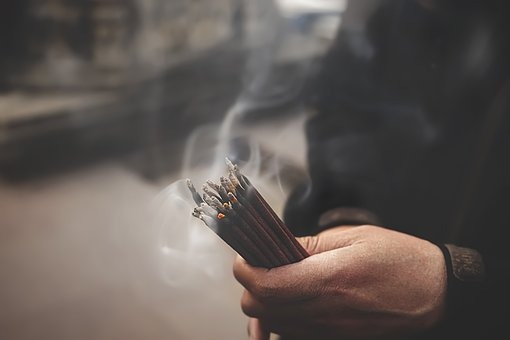Penultimate appointment of the Author’s Autumn Review, conceived and organized by Silvia Serena Perrone of the Emmaus Bookshop with the collaboration of the Pro Loco of Conversano, president Ninnì Galasso.
Saturday 19 November, 18.30, the writer Francesco Colafemmina, presents his latest novel: “Enigma Laocoonte”, an appointment at the Pro Loco headquarters in Piazza Castello in Conversano. Dialogue with the author Professor Candida De Toma.
Libristreaming by Toni Vinci, partner of the Review, helps and supports the promotion of reading with the web column of the same name edited by Cinzia Cofano.
SYNOPSIS: Enigma Laocoon
On January 14, 1506, in the vineyard of a papal official, Felice de Fredis, a marble complex was found that would profoundly influence European aesthetics: the Laocoon. Immediately identified as one of the masterpieces of ancient statuary, mentioned by Pliny in his Natural History, Pope Julius II will purchase it for his Cortile del Belvedere just completed by Bramante. On the site of the discovery that day Michelangelo Buonarroti appeared – an almost furtive appearance. The Laocoon will leave an indelible mark on his art of imparting energy and life force to the human body. More than twenty years after that discovery, in the secret room of the new sacristy of San Lorenzo, where Michelangelo is hiding for fear of Medici reprisals, the artist draws a perfect head of Laocoon on the wall with a piece of charcoal, in the light of a tallow candle. Why does the Trojan priest become a central theme in his life? What if this link had another explanation? If Michelangelo, already known for a famous counterfeit, a sleeping Cupid, duly antiqued and buried in a vineyard, and sold as an antique to Cardinal Riario in 1496, had replicated the scam, after experiencing how much he was inclined to spend on works of art ancient Julius II?
In 2005 the study of an American art historian, Lynn Catterson, author of the preface of the volume, aroused a certain clamor in advancing this very hypothesis:
Michelangelo author of the Vatican Laocoon. Enigma Laocoon analyzes all the gears of this intricate story, reconstructs its historical and cultural context, recalling the symbolic dimension of the Laocoon and his spiritual and political message. reproposes,
moreover, for the first time after more than a century, a short booklet by the Roman librarian Costantino Maes dedicated to a second, mysterious, Laocoon, perhaps still buried under the foundations of an ancient basilica in Rome.
Through a precise intertwining of bibliographic references and effective portraits of the characters that revolve around the counterfeiting of the Laocoon, the author accompanies the reader in an artistic thriller in which the image of pain, the dying Laocoon, is contrasted by the demiurge artist who reinvents and revitalizes the ancient: Michelangelo Enea. If the Trojan priest denounces the truth of the Trojan horse and is punished by the gods, his death will be a message to Aeneas, the pious founder of a new civilization. Thus Michelangelo, on the threshold of the Reformation, sees in Laocoon the symbol of the denunciation of the distortions of the Roman Curia and of
a decadent spirituality, as well as the image of the ancient sin from which man tries to free himself by fighting against the passions. In the era of cancel culture, of the overthrow of statues and the constant revision of history, the denunciation of the decline of civilization can lead to the fate of Laocoon, but it can also inspire new Aeneas, capable of saving the seed so that it can germinate in the future.
Biography
Francesco Colafemmina was born in Rome in 1980. A graduate in classical philology, he attended the RAI journalism school and then devoted himself to entrepreneurial activity in the energy and sustainable agriculture sectors. His interests range from the classical world to art and spirituality. He published in 2007 for Rubbettino Dialoghi con un Persiano di Manuel II Paleologo with a preface by Mons. Rino Fisichella; in 2010 the artistic-journalistic investigation The Mystery of the church of San Pio for the types of Settecolori and the novel La Serpe fra gli ulivi; in 2011, again for Settecolori, History of Marriage in Classical Greece; in 2017 for Apinsieme-Rivista Nazionale di Apicoltura, Le Api e Noi, an in-depth social history of bees and honey; in 2020 for Passage to the Wood Democracy of Athens. History of a myth, historical essay on the origins and developments of Athenian democracy, with a new annotated translation of the Constitution of the Athenians by Pseudo-Xenophon. He continues to associate his work as a journalist and translator from modern Greek with his commitment to the environment, through his organic beekeeping company.
Conversano, autumn review: Francesco Colafemmina presents ‘Enigma Laocoon’

